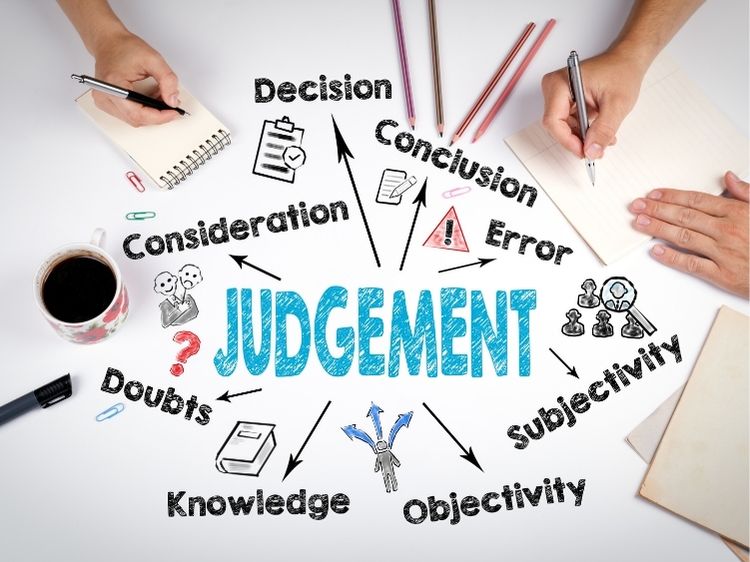Product Liability Lawsuit Cases: Understanding Your Rights and Legal Options
When you purchase a product, whether it’s a household appliance, a car, or even a children’s toy, you expect it to work as advertised and, most importantly, be safe to use. But what happens when a product fails to meet these expectations and causes harm? This is where product liability lawsuits come into play. Product liability lawsuit cases are legal claims filed by consumers who have been injured or harmed due to defective or dangerous products. In this article, we’ll explore the ins and outs of product liability cases, including the types of claims, common examples, and how you can protect your rights if you find yourself in such a situation.
What is a Product Liability Lawsuit?
A product liability lawsuit is a legal action taken by a consumer against a manufacturer, distributor, or retailer of a product that has caused harm. These cases often arise when a product is defective in some way, whether due to its design, manufacturing process, or marketing. The goal of a product liability lawsuit is to hold the responsible parties accountable for the harm caused and to seek compensation for the injured party.
Types of Product Liability Claims
Product liability claims can be broadly categorized into three main types: design defects, manufacturing defects, and marketing defects (also known as failure to warn).
1. Design Defects
Design defects occur when the very blueprint of a product is inherently unsafe. Even if the product is manufactured perfectly according to its design, it still poses a danger to consumers. An example of a design defect could be a car model that tends to roll over easily due to its high center of gravity.
2. Manufacturing Defects
Manufacturing defects happen when a product that is generally safe becomes dangerous due to an error in the manufacturing process. This could involve the use of substandard materials, faulty assembly, or contamination. For instance, a batch of medication contaminated during production could lead to a manufacturing defect claim.
3. Marketing Defects (Failure to Warn)
Marketing defects, or failure to warn, occur when a product lacks proper instructions or warnings about its potential dangers. If a product does not clearly inform users of risks associated with its use, it could lead to a lawsuit. For example, a cleaning product that doesn’t warn about toxic fumes when mixed with other chemicals could be considered a marketing defect.
Common Examples of Product Liability Lawsuit Cases
Over the years, there have been numerous high-profile product liability cases that have made headlines. These cases not only highlight the importance of consumer safety but also underscore the legal recourse available to those who have been harmed. Here are a few notable examples:
1. The Ford Pinto Case
One of the most infamous product liability cases is the Ford Pinto case. In the 1970s, it was discovered that the Ford Pinto’s fuel tank was prone to exploding in rear-end collisions, leading to numerous deaths and injuries. Despite knowing about the defect, Ford initially chose not to recall the car, leading to a massive lawsuit and significant financial and reputational damage to the company.
2. The Takata Airbag Recall
Takata Corporation, a major airbag manufacturer, faced one of the largest recalls in automotive history due to defective airbags that could explode upon deployment, sending shrapnel into passengers. This defect led to numerous injuries and fatalities, resulting in widespread lawsuits and significant settlements.
3. The Johnson & Johnson Talcum Powder Case
Johnson & Johnson faced multiple lawsuits over its talcum powder products, which were alleged to cause ovarian cancer when used for feminine hygiene. The company was accused of failing to warn consumers about the potential risks, leading to large jury awards in favor of the plaintiffs.
Steps to Take if You’re Injured by a Defective Product
If you believe you’ve been injured by a defective product, it’s crucial to take the right steps to protect your rights and build a strong case. Here are some important actions to consider:
1. Seek Medical Attention
Your health and safety should be your top priority. Seek immediate medical attention for your injuries and keep detailed records of your diagnosis, treatment, and any related expenses.
2. Preserve the Product
If possible, keep the product that caused your injury in its current state. Avoid making any repairs or alterations, as this could be crucial evidence in your case.
3. Document Everything
Take photographs of the product, your injuries, and the scene of the incident. Additionally, keep any receipts, warranties, and packaging related to the product.
4. Report the Incident
Notify the manufacturer or retailer of the issue and report the incident to any relevant consumer safety agencies. This helps create a record of the defect and can be useful in your case.
5. Consult with a Product Liability Lawyer
Product liability cases can be complex, and it’s essential to have an experienced attorney on your side. A product liability lawyer can evaluate your case, guide you through the legal process, and help you pursue the compensation you deserve.
How to Prove a Product Liability Claim
Proving a product liability claim requires demonstrating that the product was defective and that the defect directly caused your injury. Here are the key elements you need to establish:
1. The Product Was Defective
You must show that the product in question was defective, either in its design, manufacturing, or marketing. Expert testimony and evidence can play a critical role in proving this element.
2. The Defect Caused Your Injury
It’s not enough to show that the product was defective; you also need to prove that the defect was the direct cause of your injury. This often involves linking the defect to the harm through medical records, expert analysis, and witness testimony.
3. You Were Using the Product as Intended
To succeed in your claim, you must demonstrate that you were using the product as it was intended to be used or in a reasonably foreseeable manner. Misuse of the product may weaken your case.
FAQs About Product Liability Lawsuit Cases
Q: What types of compensation can I seek in a product liability lawsuit?
A: In a product liability lawsuit, you can seek compensation for various damages, including medical expenses, lost wages, pain and suffering, and in some cases, punitive damages.
Q: How long do I have to file a product liability lawsuit?
A: The statute of limitations for product liability cases varies by state, typically ranging from two to four years from the date of injury. It’s important to consult with an attorney promptly to ensure your claim is filed within the appropriate time frame.
Q: Can I file a lawsuit if I wasn’t the one who purchased the defective product?
A: Yes, you can still file a lawsuit if you were injured by a defective product, even if you were not the original purchaser. Product liability claims can be brought by anyone injured by the product, including family members or bystanders.
Q: Do all product liability cases go to trial?
A: No, not all product liability cases go to trial. Many cases are settled out of court through negotiations between the parties involved. However, if a fair settlement cannot be reached, the case may proceed to trial.
Conclusion: Protecting Consumer Rights Through Legal Action
Product liability lawsuit cases are a critical tool for protecting consumers and holding manufacturers accountable for the safety of their products. If you’ve been injured by a defective product, it’s essential to understand your rights and the legal options available to you. By taking the appropriate steps and seeking legal advice, you can pursue the compensation you deserve and contribute to a safer marketplace for everyone.


